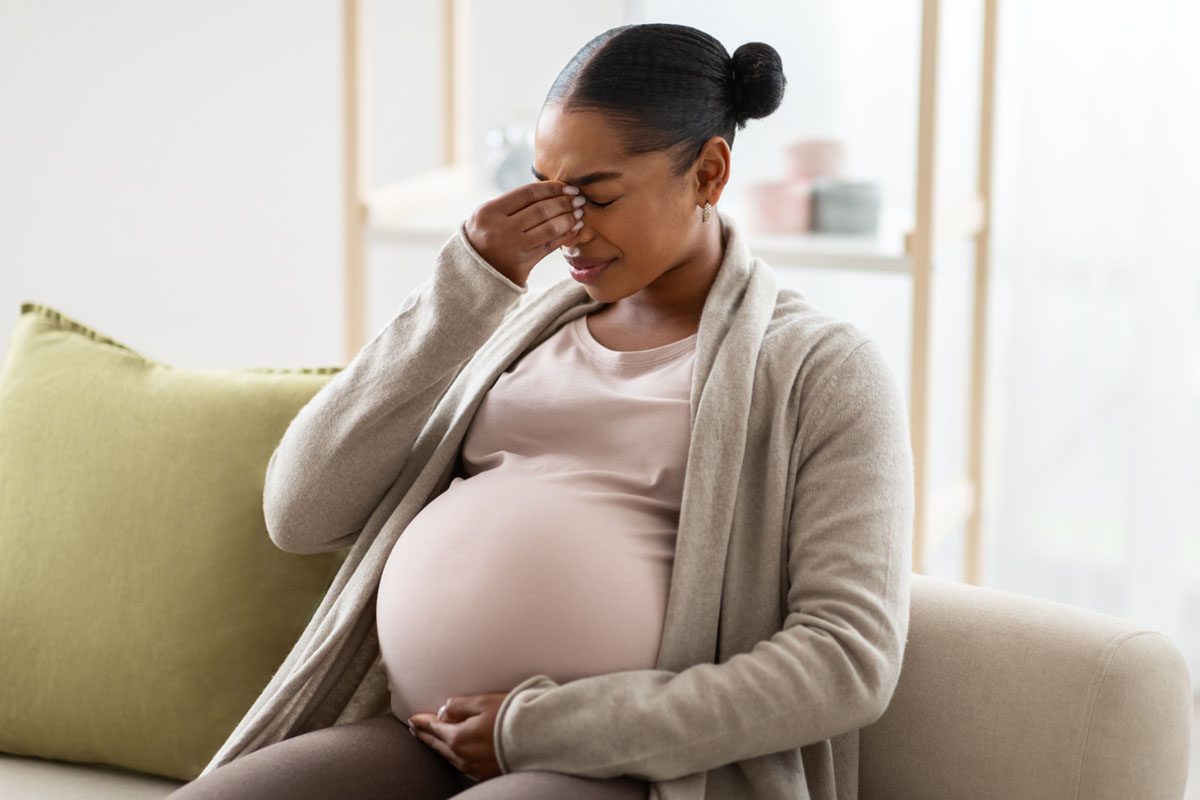Objective: To investigate rates of response and remission in adults with obsessive-compulsive disorder (OCD) after 12 weeks of evidence-based treatment.
Method: Post hoc analyses of response and remission were conducted using data from a multisite, randomized, controlled trial comparing the effects of 12 weeks of exposure and ritual prevention (EX/RP), clomipramine (CMI), their combination (EX/RP+CMI), or pill placebo (PBO) in 122 adults with OCD (DSM-III-R or DSM-IV criteria). Response was defined as a decrease in symptoms; remission was defined as minimal symptoms after treatment. Different response and remission definitions were constructed based on criteria used in prior studies. For each definition, the proportion of responders or remitters in each treatment group was then compared.
Results: There were significant differences (p < .05) among the 4 treatment groups in the proportion of responders and remitters. In pairwise comparisons, EX/RP + CMI and EX/RP each produced significantly more responders and remitters than PBO; CMI produced significantly more responders and remitters than PBO for some definitions but not for others. When remission was defined as a Yale-Brown Obsessive Compulsive Scale (YBOCS) score of 12 or less, significantly more EX/RP + CMI (18/31 [58%]) and EX/RP (15/29 [52%]) patients entering treatment achieved remission than either CMI (9/36 [25%]) or PBO (0/26 [0%]) patients. However, even in treatment completers, many CMI and some EX/RP + CMI and EX/RP patients did not achieve remission (remission rates for YBOCS < = 12: EX/RP + CMI = 13/19 [68%]; EX/RP = 15/21 [71%]; CMI = 8/27 [30%]; PBO = 0/20 [0%]).
Conclusion: EX/RP (with or without CMI) can lead to superior treatment outcome compared with CMI alone in OCD patients without comorbid depression. However, many OCD patients who receive evidence-based treatment do not achieve remission.
Please sign in or purchase this PDF for $40.00.




